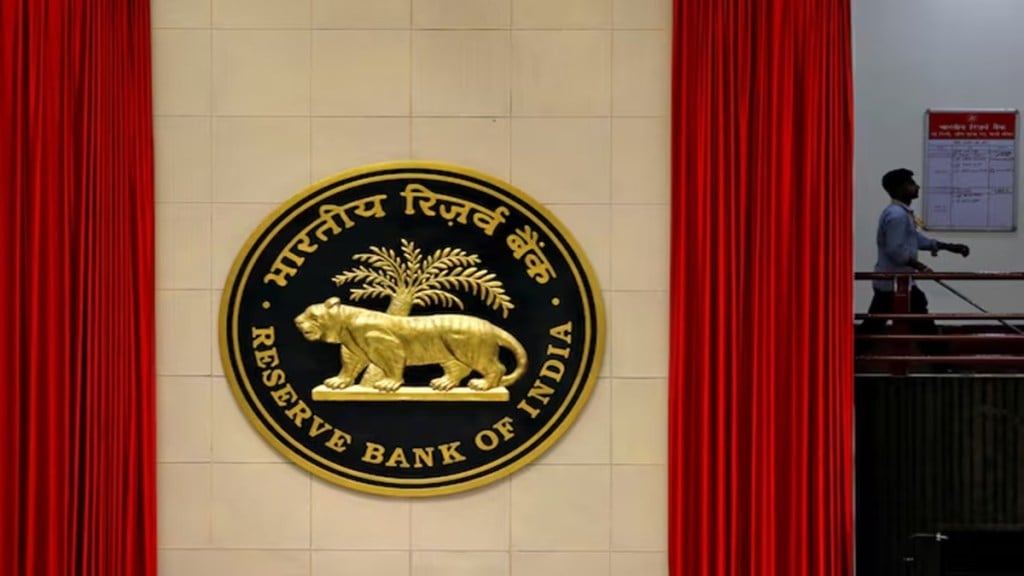The Reserve Bank of India’s (RBI) Monetary Policy Committee (MPC) on Friday, announced a slew of measures to propel growth and boost liquidity in the system. The RBI Governor Sanjay Malhotra, announced significant decisions that will directly impact the banking sector, including the whopping 100 bps CRR cut that took the cash reserve ratio to 3% levels last seen during Covid times.
The CRR cut is projected to release approximately Rs 2.5 lakh crore of primary liquidity into the banking system by December 2025.
During his speech, the RBI Governor Sanjay Malhotra acknowledged the role of the banking sector and overall financial stability position in weathering external shocks. He highlighted the complex linkages within the financial system, elevated debt levels and growing influence of frontier technologies This is also raising financial stability concerns amid global uncertainty.
Here are some key policy measures and big comments by the RBI governor that can impact the banking sector:
#1 Reduction in policy rates
The MPC has cut the repo rate by 50 basis points to 5.50 per cent to boost private consumption and investment. As a result, the standing deposit facility (SDF) rate is now 5.25 per cent, and both the marginal standing facility (MSF) rate and Bank Rate are 5.75 per cent. This move is part of ongoing efforts to support growth.
#2 Reduction in Cash Reserve Ratio (CRR)
In a bid to boost liquidity within the banking system and facilitate monetary policy transmission, the RBI decided to reduce the Cash Reserve Ratio (CRR) by 100 basis points (bps) to 3.0 per cent of net demand and time liabilities (NDTL). This reduction will be implemented in four equal tranches of 25 bps each, taking effect from the fortnights beginning September 6, October 4, November 1 and November 29, 2025.
Speaking about the rationale of CRR cut, Sanjay Malhotra said, “Besides providing durable liquidity, it will reduce the cost of funding of the banks, thereby helping in monetary policy transmission to the credit market.” He further maintained that the central bank will continue to monitor the evolving liquidity and financial market conditions and proactively take further measures, as warranted.
#3 Commitment to liquidity provision
The RBI remained committed to providing sufficient liquidity to the banking system. Sanjay Malhotra said, “A total of Rs 9.5 lakh crore of durable liquidity has been injected into the banking system since January. As a result, after remaining in deficit since mid-December, liquidity conditions transitioned to surplus at the end of March.” This, he added, is also evident from the tepid response to daily VRR auctions and high SDF balances – the average daily balance during April-May amounted to Rs 2.0 lakh crore.
#4 Revised norms for gold loan
The RBI governor, in the post-policy presser, stated that the loan-to-value for gold loans below Rs 2.5 lakh is set to be revised to 85 per cent from 75 percent, giving NBFCs greater lending flexibility.
This marks a significant improvement over the earlier draft regulations, which had suggested a uniform LTV cap of 75 per cent for both banks and NBFCs. Under the revised guidelines, NBFCs can now extend higher loans against the same gold collateral. This is likely to increase loan disbursements, draw in more customers, and support stronger earnings growth for gold loan providers.
#5 Retail credit segments
In the RBI MPC statement, the governor noted that stress in retail credit segments such as unsecured personal loans and credit card receivables has eased. However, stress in the microfinance segment persists. “Banks and NBFCs active in these segments are already recalibrating their business models, strengthening their credit underwriting practices and stepping up their collection efforts to avoid any excessive build-up of risks on this front in future,” Sanjay Malhotra explained.
This could be interpreted as good news as the RBI had come hard on banks earlier for a surge in unsecured lending. Now that the stress has eased, it could imply that at some point in time the banks could once again speed up lending in this relatively higher margin segment.
#6 Assessment of financial stability
The RBI governor said that the system-level financial parameters of Scheduled Commercial Banks (SCBs) are reported to be robust, with further improvements in asset quality parameters, liquidity buffers, and profitability. Credit Deposit ratio for the banking system at the end of December 2024 was at 81.84 per cent, broadly similar to a year ago. Similarly, the system-level parameters of NBFCs too are sound with comfortable capital position and improved GNPA ratios, he added.
In all, this added up to a big boost for future prospects of the banking sector. No wonder there was a surge.
At close, the Bank Nifty closed with a jump of 1.51 per cent. Among the top gaining bank stocks were IDFC First (up 7.1%), Axis Bank (up 3.16%), IndusInd Bank (up 2.17%), and many others.


